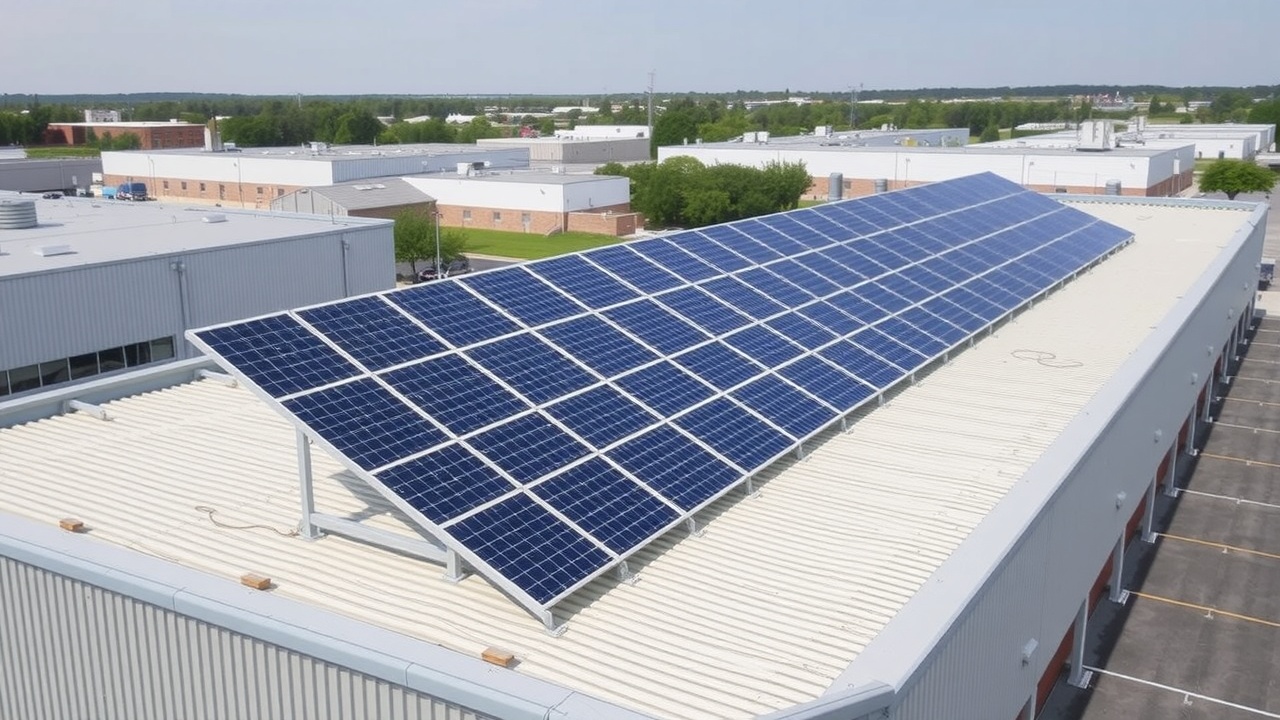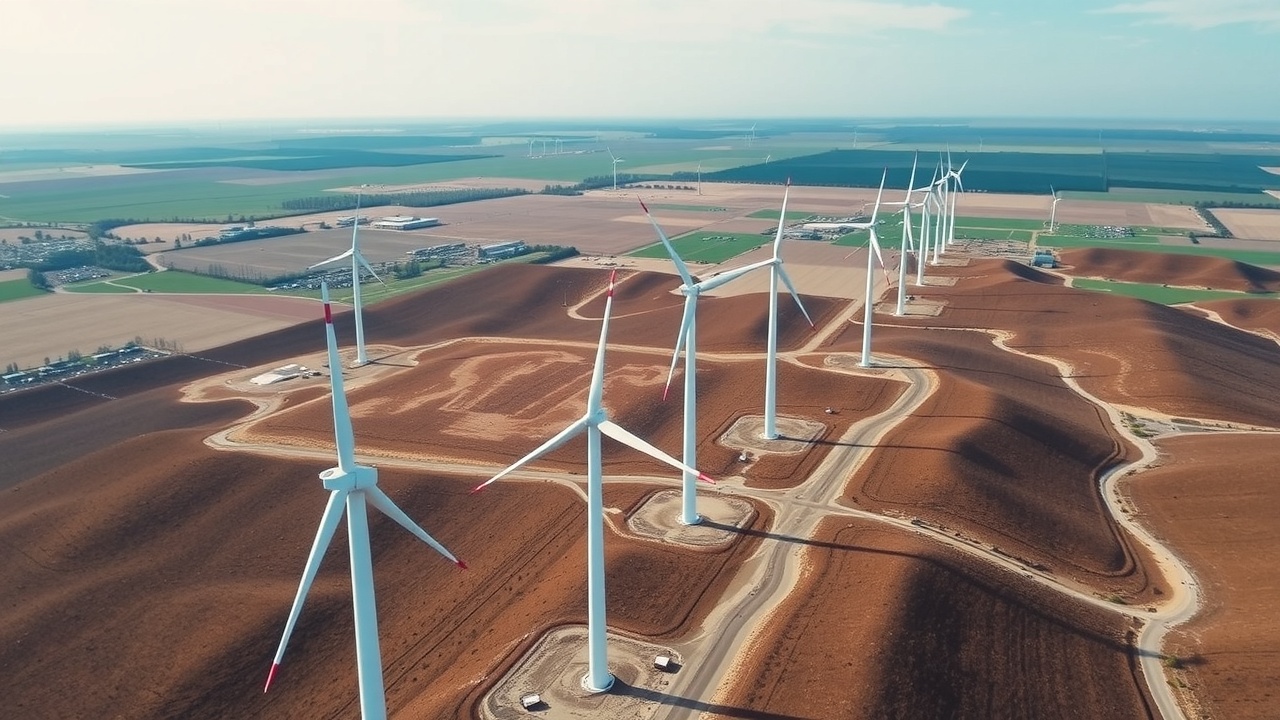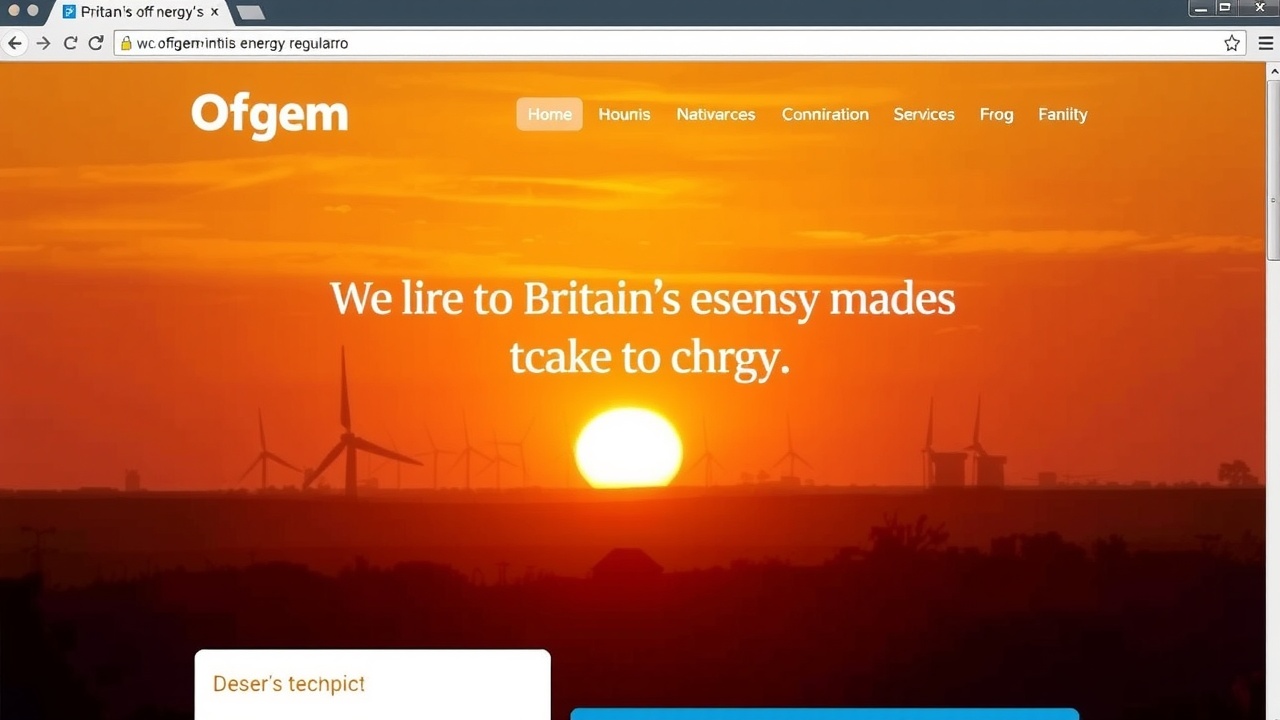
The significant discount to NextEnergy Solar Fund is a reflection of concerns regarding the fund's substantial debt and dividend sustainability
For solar investors, what does it mean?
There are currently about 16GW of solar installed nationwide, making the UK one of the most developed solar markets in the world. As a sign of its strong support for solar as a low-carbon power source and energy security, the government has set a goal to quadruple this to 70GW by 2035. After Russia invaded Ukraine, the latter has gained priority.
What difficulties does the solar sector face?
Even though solar energy is inexpensive when the sun is shining, generator prices are frequently correlated with the price of natural gas. This indicates that when the price of gas more than doubled between the beginning of 2022 and August of that year, after the invasion of Ukraine, renewable energy companies profited. The price of gas has since dropped back to near its long-term average, though, and stocks in renewable energy companies have also fallen.
With a 40% decline, NextEnergy Solar Fund (LSE: NESF) is among the most severely impacted. It is priced at a 30% discount to its most recent net asset value (NAV) and a projected dividend yield of 12%. It is likely because of that yield that NESF has emerged as the most sought-after investment trust on sites like Interactive Investor, AJ Bell, and Hargreaves Lansdown.
The price of NESF shares.
A yield this high indicates that there are dangers (picture courtesy of LSE). NESF's debt load, which as of September 2024 was 533 million, or roughly one-third its market capitalization, may be one factor contributing to its low valuation.
According to management, its weighted average cost of debt is 4 percent. 200 million preference shares issued in November 2018 and August 2019 make up about 70% of the debt, which has a fixed interest rate. There is no need to redeem these; instead, they can be converted into equity starting on April 1, 2036, and they pay a fixed dividend of 4.75%. The remaining 333 million in debt is made up of a 153 million revolving credit facility (RCF) with a variable interest rate and 156 million in long-term interest rate hedged debt. The 333 million debt must be paid back, either through asset sales or cash flow from the solar panels.
The management decides not to include the full 26 million in interest expenses associated with this debt in a consolidated income statement. Likewise, it shows £1.14 billion in invested capital, but the balance sheet's total assets of £771 million are far less than that amount. The non-consolidated reporting by management as an investment entity is the cause of the discrepancy. The business then uses holding companies and special purpose vehicles that are not on the balance sheet to invest in solar panels.
These include the use of alternative performance measures, reliance on short-term funding (the RCF), fair-value accounting, a share price below book value, and concerns about the sustainability of dividends. For those who followed banks prior to the financial crisis, this will sound familiar.
Slow sales growth.
The management announced a capital recycling program in April 2023 with the goal of selling five UK solar assets with a combined capacity of 246MW that are not eligible for subsidies. The money raised would be used for debt repayment, share repurchases, and battery storage facility investments.
NESF sold the 60MW Hatherden solar project, which was ready to build, for only 15 million dollars in November 2023, completing phase I of the divestment. The operational Staughton (50MW) and Whitecross (35.22MW) solar farms were sold for 27 million and 30.3 million, respectively, in phases II and III.
With a capital investment of £11.4 billion, NESF now owns 983MW of installed capacity. Using the sale of 60MW of ready-to-build capacity for 15 million as a lower bound would suggest that the mark-to-market fair value of the group's entire invested capital is closer to 300 million! At the valuation reached for phase I, NESF would need to sell more than its installed capacity in order to pay down the 333 million in debt. However, it is challenging to understand how much a project's value should increase as it moves from ready-to-build to operational.
Comparatively speaking, NESF paid 132 million (110 million) for 35MW of installed capacity (the Solis portfolio) in Italy in December 2018, so the subsequent deals have been better, even though they both appear to be surprisingly low valuations.
The management has sold 145MW of the 246MW target, putting them more than halfway through the disposals. The debt load is still stubbornly high, though, according to the first-half statistics.
Why is the price of NESF so much lower than that of NAV?
Both Longspur Capital, a renewable energy specialist, and stockbroker Cavendish have published "sponsored research" (i.e., research that is paid for by the company) on NESF. However, it is unclear from reading this materialwhich clearly aims to give the subject a chance to clearly present its investment casewhy NESF is trading at a 30% discount to NAV or what has caused the shares to drop 20% since the summer, when the price of gas has increased significantly.
However, there are a few positive tailwinds. First, after the Bank of England made two cuts, interest rates appear to have peaked. Second, gas prices for delivery in the summer of 2025 - 2026 are at an all-time high. Although government-backed subsidies linked to inflation account for about half of NESF's income, the organization also uses a rolling three-year hedging program to lock in prices. Rising prices may therefore result in better prices for the remaining stages of the asset disposals as well as support medium-term cash flows to sustain the dividend.
It was stated by management a few weeks ago that investors have enough information to determine whether the dividend is sustainable. That assertion seems flimsy. For the fiscal year that ends in March, the board has set a target dividend of 8.43p; however, cover is anticipated to drop to 1.1, down from 1.4 two years prior. Comparing the assumptions of fair value accounting with the actual cash flow is challenging due to the absence of consolidated reporting. Although a yield above 12 percent indicates a dividend cut is likely but not guaranteed, I still own the stock.














Leave a comment on: Is solar investing too dangerous?